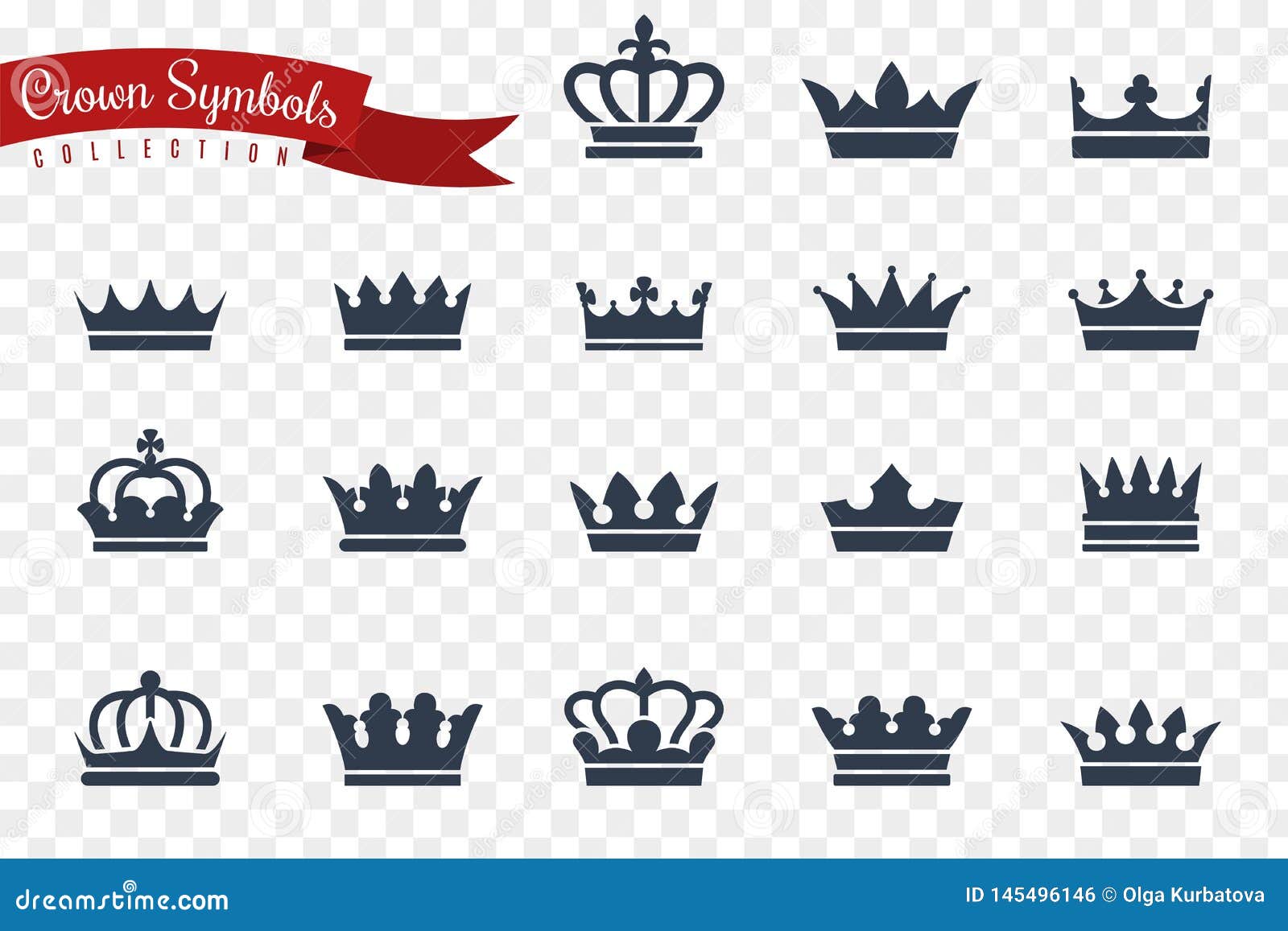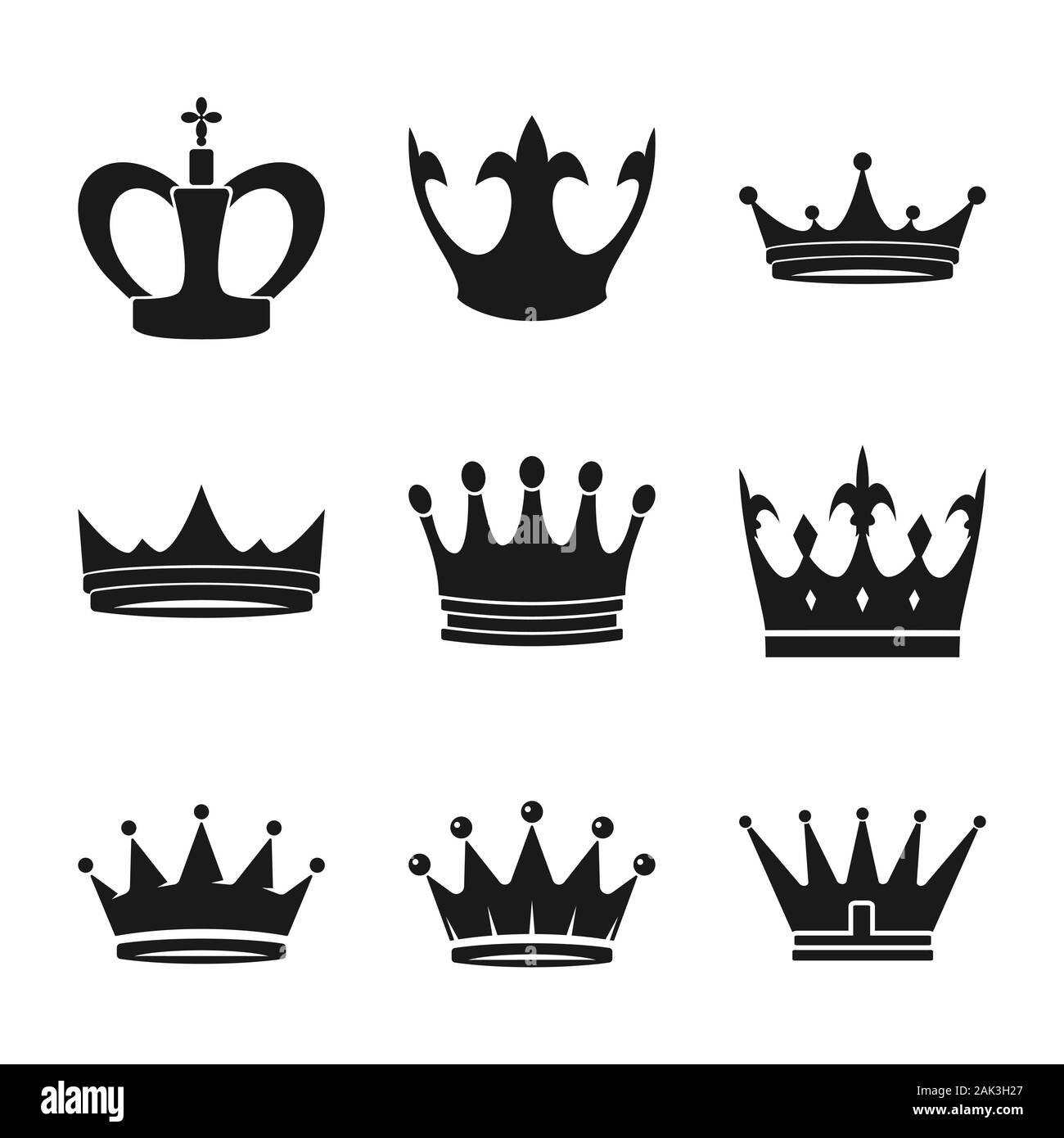What Are The Symbols Of Crown Families? Unveiling The Royal Legacy
When we talk about crown families, one thing that always catches our attention is their symbols. These aren't just random designs or logos; they're powerful representations of history, tradition, and authority. From the majestic lions of England to the fleur-de-lis of France, these symbols tell a story that spans centuries. So, let's dive deep into the world of royal emblems and uncover what makes them so special.
You might be wondering, why do crown families even need symbols? Well, it's not just about looking fancy. These symbols serve as a way to communicate the values, heritage, and power of a royal family. They're like a badge of honor that tells the world, "Hey, we've been around for a while, and we're not going anywhere anytime soon." And trust me, these symbols are everywhere—from coins and flags to buildings and monuments.
Now, before we get into the nitty-gritty, let's set the stage. This article isn't just about listing symbols; it's about understanding their significance. We'll explore the history, meaning, and cultural impact of these emblems. By the end, you'll have a newfound appreciation for the art of royal symbolism. So, buckle up, because we're about to embark on a journey through the halls of royalty!
Understanding Crown Family Symbols: A Historical Perspective
What Makes a Symbol Truly Royal?
First things first, let's talk about what makes a symbol worthy of a crown family. It's not just about throwing a bunch of gold and jewels together. No, these symbols are carefully crafted to represent specific qualities. For instance, the lion is often used because it symbolizes strength and courage. The eagle, on the other hand, represents vision and freedom. Each element in a royal emblem is chosen for a reason, and that reason is usually tied to the family's history or values.
Take the British royal family, for example. Their coat of arms features a lion and a unicorn. The lion represents England's bravery and leadership, while the unicorn symbolizes Scotland's mystery and power. Together, they form a perfect balance of strength and grace. Now, isn't that cool? It's like a puzzle where every piece has a purpose.
- Strength: Often represented by lions or eagles.
- Wisdom: Commonly symbolized by owls or books.
- Unity: Depicted through shields or crowns.
The Evolution of Royal Symbols Over Time
From Ancient Times to Modern-Day
Believe it or not, royal symbols have been around for thousands of years. Back in the day, kings and queens used symbols to mark their territory and assert their authority. Think of it like a medieval version of putting your name on a piece of paper. As civilizations evolved, so did the symbols. What started as simple carvings on stone turned into intricate coats of arms and elaborate insignias.
For example, the fleur-de-lis, a symbol associated with the French monarchy, dates back to the 12th century. It was originally used as a religious symbol, representing purity and holiness. Over time, it became synonymous with the French crown family. Similarly, the double-headed eagle of the Byzantine Empire was adopted by various royal families across Europe, each adding their own twist to the design.
Nowadays, these symbols are still used, but they've taken on new meanings. In some cases, they serve as a reminder of a family's rich history. In others, they're used to promote national identity and pride. Either way, they continue to play an important role in the world of royalty.
Famous Crown Family Symbols and Their Meanings
The British Royal Family: Lions and Unicorns
Let's start with one of the most famous crown families in the world—the British royals. Their coat of arms is a masterpiece of symbolism. As I mentioned earlier, the lion and unicorn are the main characters in this royal story. But did you know that the lion wasn't always alone? Back in the day, it was accompanied by a dragon, representing Wales. Over time, the unicorn took its place, symbolizing the union between England and Scotland.
Another interesting fact is the motto on the British coat of arms: "Dieu et mon droit," which means "God and my right." This phrase emphasizes the divine right of kings, a concept that was widely accepted in medieval Europe. It's a reminder that the monarch's authority comes from a higher power, not just from the people.
The French Monarchy: The Fleur-de-lis
Switching gears, let's talk about the fleur-de-lis, a symbol that's as French as baguettes and berets. This elegant design has been associated with the French monarchy for centuries. It's said to represent the Holy Trinity, with each petal standing for one of the three persons in the Christian Godhead. But that's not all. The fleur-de-lis also symbolizes purity, light, and life.
Interestingly, the fleur-de-lis wasn't just used by the French royals. It was also adopted by other European families, including the House of Bourbon and the House of Savoy. Each family added its own unique touches to the design, creating a tapestry of royal symbolism that's still admired today.
The Role of Symbols in Modern Royalty
Are Symbols Still Relevant Today?
You might be wondering, in this day and age, do royal symbols still matter? The answer is a resounding yes! While the world has changed dramatically over the centuries, the power of symbols remains unchanged. They're still used to convey messages, build connections, and inspire loyalty. In fact, many modern monarchies have embraced digital technology to share their symbols with a global audience.
For example, the British royal family has an official website where you can learn all about their coat of arms, motto, and other symbols. They also use social media platforms like Instagram and Twitter to engage with fans and share updates. It's a clever way to keep the tradition alive while appealing to a younger generation.
How Symbols Reflect a Crown Family's Identity
More Than Just Design: The Deeper Meaning
At its core, a royal symbol is more than just a pretty picture. It's a reflection of a family's identity, values, and aspirations. Think about it. When you see the American flag, what comes to mind? Freedom, democracy, and opportunity, right? The same goes for royal symbols. They tell a story about the people who created them and the world they lived in.
Take the Japanese imperial family, for example. Their symbol is the chrysanthemum, a flower that represents longevity and renewal. It's a fitting emblem for a family that has ruled for over a thousand years. The chrysanthemum also appears on the Japanese passport, serving as a reminder of the country's rich history and cultural heritage.
The Influence of Crown Family Symbols on National Identity
From Royalty to Nationhood
It's not just about the crown families, though. These symbols often become part of a nation's identity, influencing everything from art to architecture. For instance, the eagle on the Mexican flag is a direct nod to the Aztec civilization, which used the bird as a symbol of power and strength. Similarly, the maple leaf on the Canadian flag is a tribute to the country's natural beauty and resources.
These national symbols help foster a sense of unity and belonging among citizens. They remind us of our shared history and values, even in a rapidly changing world. And while they may have originated with crown families, they've taken on a life of their own, becoming symbols of national pride.
Challenges and Controversies Surrounding Royal Symbols
Not Everyone Is a Fan
Of course, not everyone is a fan of royal symbols. Some people see them as relics of a bygone era, symbols of oppression and inequality. There have been debates about whether these symbols should still hold such prominence in modern society. In some cases, countries have even reevaluated their national symbols to reflect a more inclusive and diverse identity.
For instance, South Africa replaced its old coat of arms with a new design that incorporates elements from various indigenous cultures. It's a powerful statement about reconciliation and progress. Similarly, New Zealand has considered replacing its flag, which features the Union Jack, to better represent its Maori heritage.
Creating Your Own Symbol: A Personal Touch
Why Not Have Your Own Coat of Arms?
Now that we've explored the world of royal symbols, why not create your own? Whether you're a fan of lions, eagles, or unicorns, designing your own coat of arms can be a fun and educational experience. It's a great way to express your personality and values while learning about the art of symbolism.
Here are a few tips to get you started:
- Choose a color scheme that reflects your personality.
- Select animals or objects that represent your interests and passions.
- Add a motto that sums up your life philosophy.
The Future of Crown Family Symbols
Adapting to a Changing World
As we look to the future, it's clear that crown family symbols will continue to evolve. With advancements in technology and changes in societal values, these symbols will need to adapt to stay relevant. But one thing is certain—they'll always hold a special place in our hearts and imaginations. After all, there's something magical about the idea of a family with a rich history and a powerful symbol to match.
So, the next time you see a royal emblem, take a moment to appreciate its beauty and meaning. It's not just a design; it's a piece of history, a story waiting to be told. And who knows? Maybe one day, your own symbol will inspire others to dream big and aim high.
Conclusion: The Power of Symbols
In conclusion, the symbols of crown families are more than just decorative designs. They're powerful tools that communicate history, values, and identity. From the lions of England to the fleur-de-lis of France, each symbol tells a unique story that resonates across generations. As we've explored in this article, these symbols continue to play a vital role in modern society, influencing everything from national identity to personal expression.
So, what are you waiting for? Dive deeper into the world of royal symbolism and discover the stories behind these iconic designs. And don't forget to share your thoughts and insights in the comments below. Who knows? You might just inspire someone else to explore the fascinating world of crown family symbols!
Table of Contents:
- Understanding Crown Family Symbols: A Historical Perspective
- What Makes a Symbol Truly Royal?
- The Evolution of Royal Symbols Over Time
- From Ancient Times to Modern-Day
- Famous Crown Family Symbols and Their Meanings
- The British Royal Family: Lions and Unicorns
- The French Monarchy: The Fleur-de-lis
- The Role of Symbols in Modern Royalty
- Are Symbols Still Relevant Today?
- How Symbols Reflect a Crown Family's Identity
- More Than Just Design: The Deeper Meaning



Detail Author:
- Name : Dr. Lavonne Morissette DVM
- Email : zackary.harris@kirlin.net
- Birthdate : 2007-03-19
- Address : 46783 Adan Rapids Apt. 377 North Carolinestad, OR 19280-6152
- Phone : 858-474-0292
- Company : Lakin Inc
- Job : Statistician
- Bio : Beatae omnis qui exercitationem quis quia. Voluptas porro velit saepe quidem pariatur rerum quia occaecati. Quam ut ex officia placeat consequuntur et id. Illo natus quia earum sed cumque veritatis.